Building a Snowman City - Where it Doesn't Melt...
There's nothing like a record setting scorching hot and dry summer in ... you guessed it ... Scandinavia ?!!? to spur serious political discussions. Luckily the fabled Norwegian town of Arendal is hosting some 70,000 people for its annual political gathering Arendalsuka (literally Arendal Week), where the town that inspired Frozen's namesake Arendelle will undoubtedly be fixated on global warming, not dreamy scenes of nordic winter. Enter our very own fearless princess, er leader, Mariela Alfonzo, to recount the magic healing power of urban design in this fairytale town. Today, at her session, What is the Value of Architectural Data?, Mariela explained to an audience of planners, designers, and politicians how they can harness the power of data to advance their visions for more walkable, livable, and sustainable places. She also did an impromptu scenario analysis and ROI forecast for the tactical urbanist treatment she was delighted to discover on the street where her event was hosted - for which we had already (handily) collected data. Turns out the lighter, quicker, cheaper treatment the Arkitektugata folks had put together has a MUCH higher return than the lofty plan we modeled for a nearby (not as nice street). Score 1 for the thrifty (and nimble!) Scroll through the results below and download the entire presentation and visuals here.












But the data about the power of place is good for more than convincing those NIMBYs. Getting better urban design done is a powerful solution to many of the world's most pressing political problems, including climate change, public health, and the challenge of maintaining and enhancing democracy and public participation in government. Better design means less driving, more physical activity, and more places to gather in public and have everyday interactions that makes communities stronger and happier. Although architects and designers practice an artistic magic of their own, they lack the data and evidence often needed both to convince the powers that be, but also to optimize their design choices (ya can't do everything) that leads to the most efficient and effective outcomes, yes, for walkability, but also with respect to the benefits that a more walkable built environment helps facilitate, namely, health, air quality, greenhouse gas emissions, and energy usage - all center stage at Arendalsuka. Also nifty - as the audience themselves pointed out, using data - especially State of Place's highly interactive data (and easy to use software) - is a way to truly democratize the process and integrate the community. Advancing sustainability. Making awesome places. Getting the community involved. It's not just at the core of Arendalsuka, it's embedded in State of Place's DNA. That's why we were so excited when DOGA (Design and Architecture Norway) invited us to present, noting our relevance both as an urban design "communication" (and sales tool) and a decision-making framework. It was an amazing experience! Next year in Norway! :)
In addition to speaking Tuesday, Mariela is also pitching our vision for better places through data on Wednesday as part of a panel discussion about solving the epidemic of plastic waste in our oceans and on our shorelines - hosted by our investor cheerleaders, Katapult Accelerator, and their new sister org, Katapult Ocean (ocean/water related startups, you should totally apply!). At first glance, the title of this event, Turning the Tide on Plastics might make you do a double take -- what does better good urban design have to do with eliminating plastic and waste in general? It turns out, everything. Much like transportation efficiency, efficient use of resources begins with people living in places where they are within walking distance of others, whether it's a city or village. Being able to walk to the market instead of having to drive out to the big box store means burning less fuel and using less packaging to get the goods we need. And of course more cohesive communities mean a better educated citizenry about avoiding waste and sharing resources like vehicles, tools, and all those other things that are both made with plastics and/or packaged in plastic containers.
Mariela has a couple more speaking engagements in Norway on August 29th at ONS, on Floating Cities (yup, urban design is important there too!) and between September 18th and 19th, as a keynote at Oslo Urban Area. Stay tuned to hear more about the exciting work we're doing in Scandinavia or hit her up (through mid-late September) - or Andy (soon to be Norway's newest resident!) if you are local, in Scandinavia, or visiting! Takk (thank you)! :)



